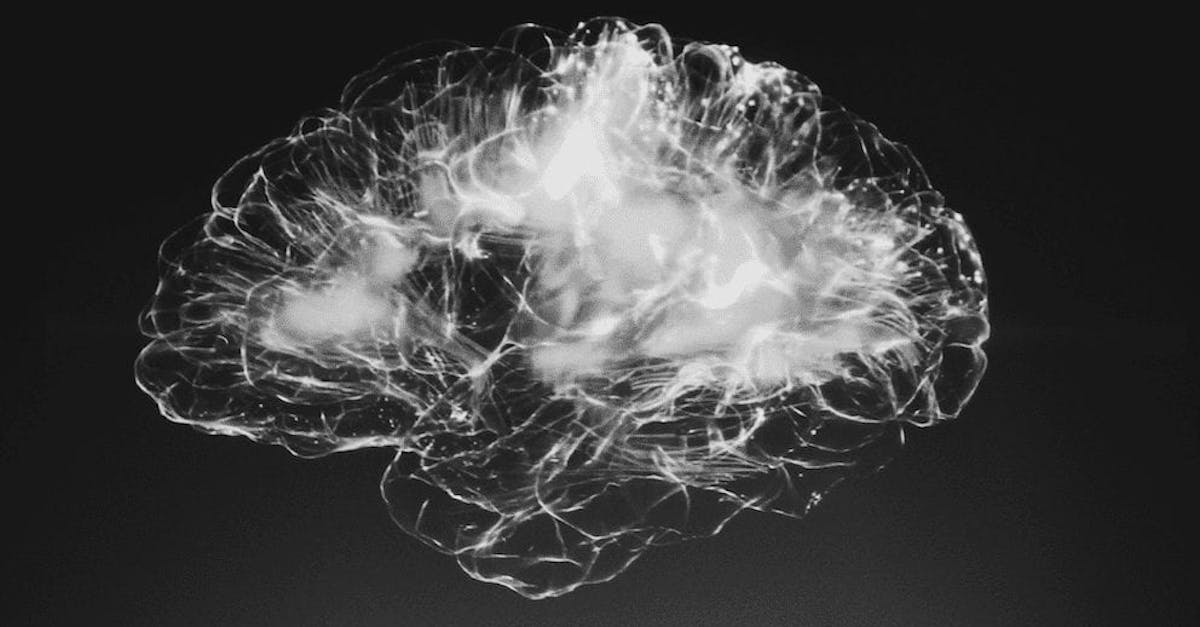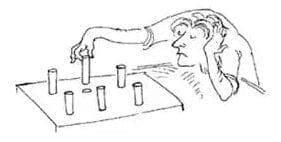Cognitive Dissonance Theory

The definition of cognitive dissonance is a psychological term referring to the mental incompatibility between two or more beliefs. This contradiction of ideas is triggered when one’s established beliefs clash with newly presented information.
But what is the psychology cognitive dissonance theory definition? If we take a look at the cognitive dissonance meaning, it's a form of psychological stress. It commonly occurs in the learning process when new knowledge is given to learners with the expectation of a complete grasp of course content. However, learners’ previous understandings and beliefs may get in the way of seamless absorption of new content.
This is where microlearning comes in to save the day. Say hello to your solution to cognitive overload and disengaged employees. Yep, she actually exists. Traditional learning programs span over hours, bombarding learners with mounds of (often irrelevant) information. With microlearning, cognitive dissonance and overload is avoided through information being released in short bursts, to a) keep learners engaged, and b) feed only enough information which can be retained.
Forced Compliance Behaviour & Cognitive Dissonance
An aspect of the dissonance theory is forced compliance behaviour, whereby learners are forced to do something they they do not want to. Dissonance is formulated between their cognition and their behaviour, causing a crash in motivation and performance.
Image drawn from Simply Psychology.

Forced compliance behaviour is eradicated in microlearning as dull tasks are inexistent. This is thanks to gamification in microlessons; the fusion of fun and serious. Instilling a sense of entertainment into employees’ learning material embeds intrinsic and extrinsic motivation within them, representative through their boosted engagement and productivity.
The Effort Effect & The Cognitive Dissonance Theory
Goals and tasks that require significant investment of effort are more likely to be highly regarded amongst learners. This is due to the fact that dissonance would develop if we spent ample time achieving something that was then to be negatively evaluated. Instead of persuading ourselves that each thing we do is worthwhile, microlearning provides scope to make learning short and sweet, minimising the need for ‘effort justification’. And now for the best part… the brain will absorb as much as, if not more than, traditional learning processes that span for hours and incorporate mounds of material.
Critical Evaluation of Cognitive Dissonance Theory
There are myriad studies of cognitive dissonance and its effect on the behaviour and psychology of individuals. However, as with most theories, there are limitations of cognitive dissonance.
1. Cognitive dissonance cannot be physically observed
Cognitive dissonance cannot be physically observed, thus we are unable to measure it. This makes it relatively subjective.
2. The Cognitive Dissonance Theory is comparatively ambiguous
The term is considered ambiguous as there is no one explanation of what ‘dissonance’ really means. Is it a perception or a feeling of a perception?
3. Differences between individuals
As with any behavioural theory, it is assuming how individuals will act based on their context. Considering cognitive dissonance, those who tend to be more anxious are likely to experience dissonance, whilst others can cope with the tensions.
Source
Simply Psychology, Cognitive Dissonance.
You might be interested in these articles:
– Path Goal Theory
– Cognitive Learning Theory
Curated course examples
Author
Guest Author Daniel Brown
Daniel Brown is a senior technical editor and writer that has worked in the education and technology sectors for two decades. Their background experience includes curriculum development and course book creation.
